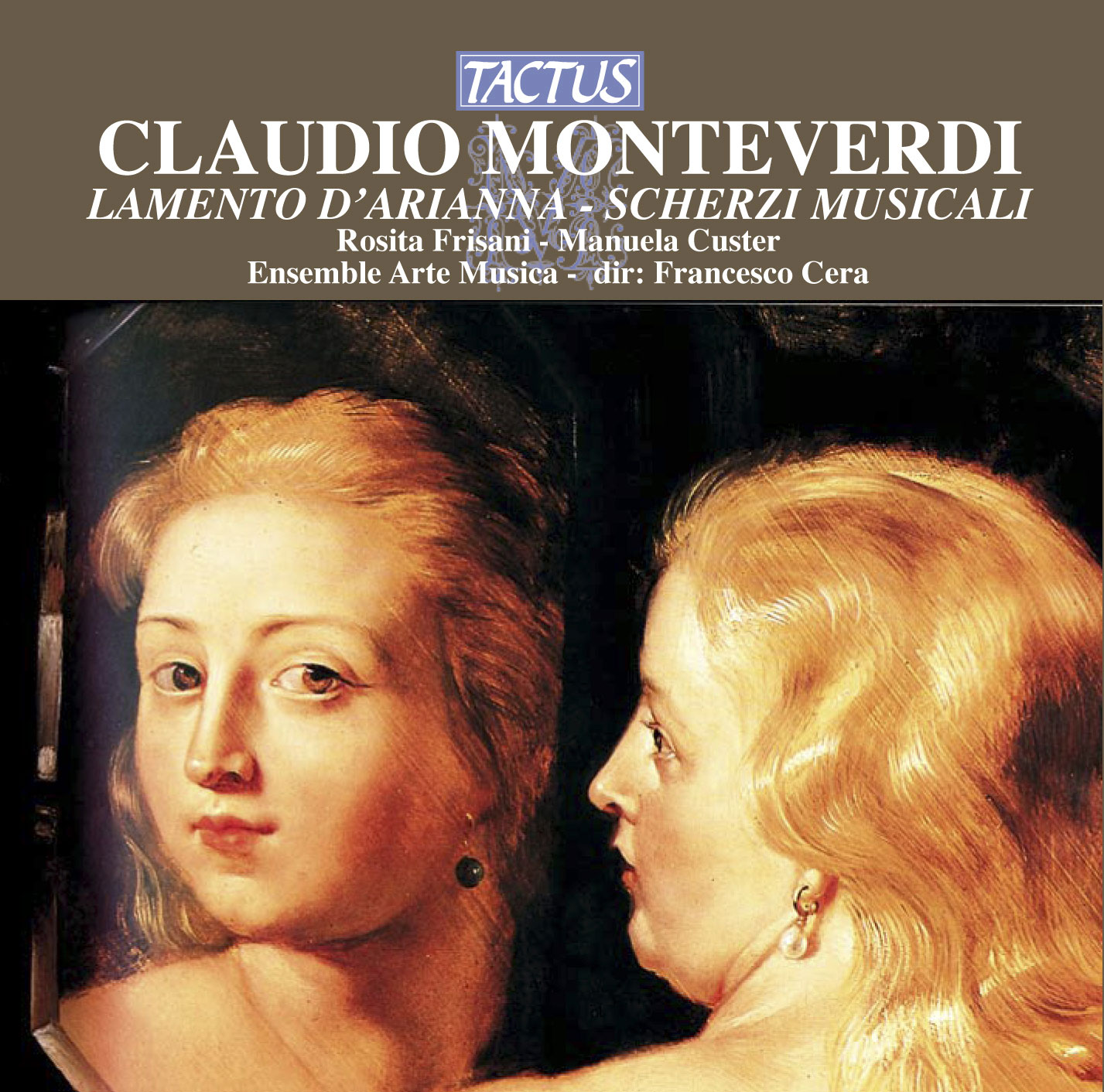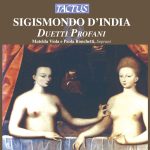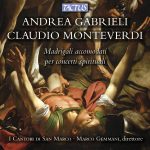Claudio Monteverdi (1567-1643)
The Lamento d’Arianna, considered by Monteverdi’s contemporaries to be “the most beautiful composition which was even written in our time”, is the only precious gem which has survived from the great composer’s lost opera Arianna.
Based on a libretto by the Florentine poet Ottavio Rinuccini, Arianna was composed in a mere two months to be performed in Mantua in May 1608 for the wedding of the prince Francesco Gonzaga to Margherita of Savoy.
Monteverdi masterfully exploits the varying levels of expressive intensity inherent in the diverse degrees of the D mode, and he confers upon each phrase the most suitable harmonic colour in accordance with the fundamental concept that “speech must be the mistress of harmony rather than her servant”.
Also, the progressive raising by step of the harmony creates the effect of rising tension, as does the use of certain unusual intervals in the vocal part.
The Lamento d’Arianna, with its perfect form of alternating slow and rapid declamation and recurring melodic elements, became the model for dozens of secular and sacred laments throughout the seventeenth century.
Leaping ahead almost thirty years, Monteverdi published his “Scherzi musicali, cioè arie et madrigali in stil recitativo con una ciaccona” in Venice in 1632.
By this time, the composer has acquired a variety of experiences in the field of opera and the stile rappresentativo, as well as in that of the madrigal for one and two voices.
Tracklist
1. Lasciatemi morire 9:42
Scherzi Musicali (1632)
2. Maledetto sia l’aspetto 1:13
3. Quel sguardo sdegnosetto 2:19
4. Eri già tutta mia 2:47
5. Ecco di dolci raggi 2:39
6. Et è pur dunque vero 7:37
7. Zefiro torna 5:45
8. Armato il cor 2:53
9. Si dolce è ’l tormento 3:16
10. Perché se m’odiavi 2:03
11. Ohimè ch’io cado 4:14
12. La mia turca 2:42
Lamento d’Ottavia - da l’Incoronazione di Poppea
13. Disprezzata Regina 5.35
- Composer: Claudio Monteverdi (1567-1643)
- Performers: soprano :Rosita Frisani, mezzosoprano : Manuela Custer; Ensemble Arte-Musica con strumenti d’epoca – violino : Stefano Barneschi, violoncello : Marco Testori, tiorba e chitarra barocca : Giangiacomo Pinardi; clavicembalo e direzione musicale: Francesco Cera
- Historical Period: Humanism and Renaissance
- Code: TC 561307
- Edition: 2000
- Barcode: 8007194101621
- Set: 1
- Total tracks: 13
- Total duration: 00:52:52







